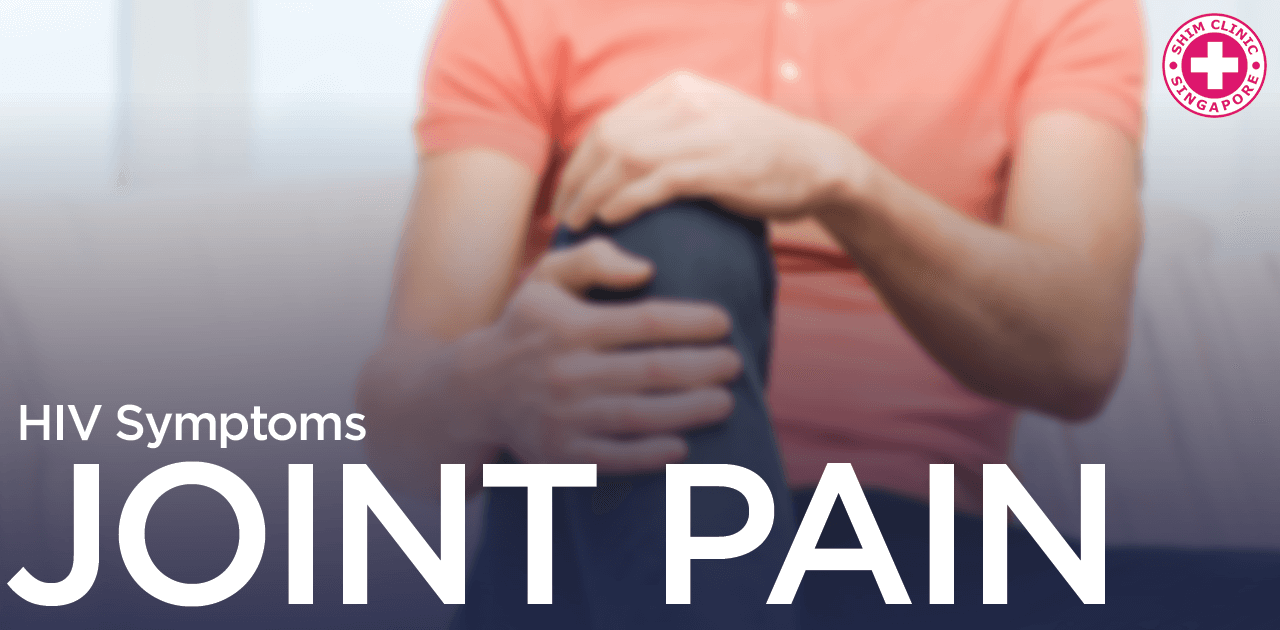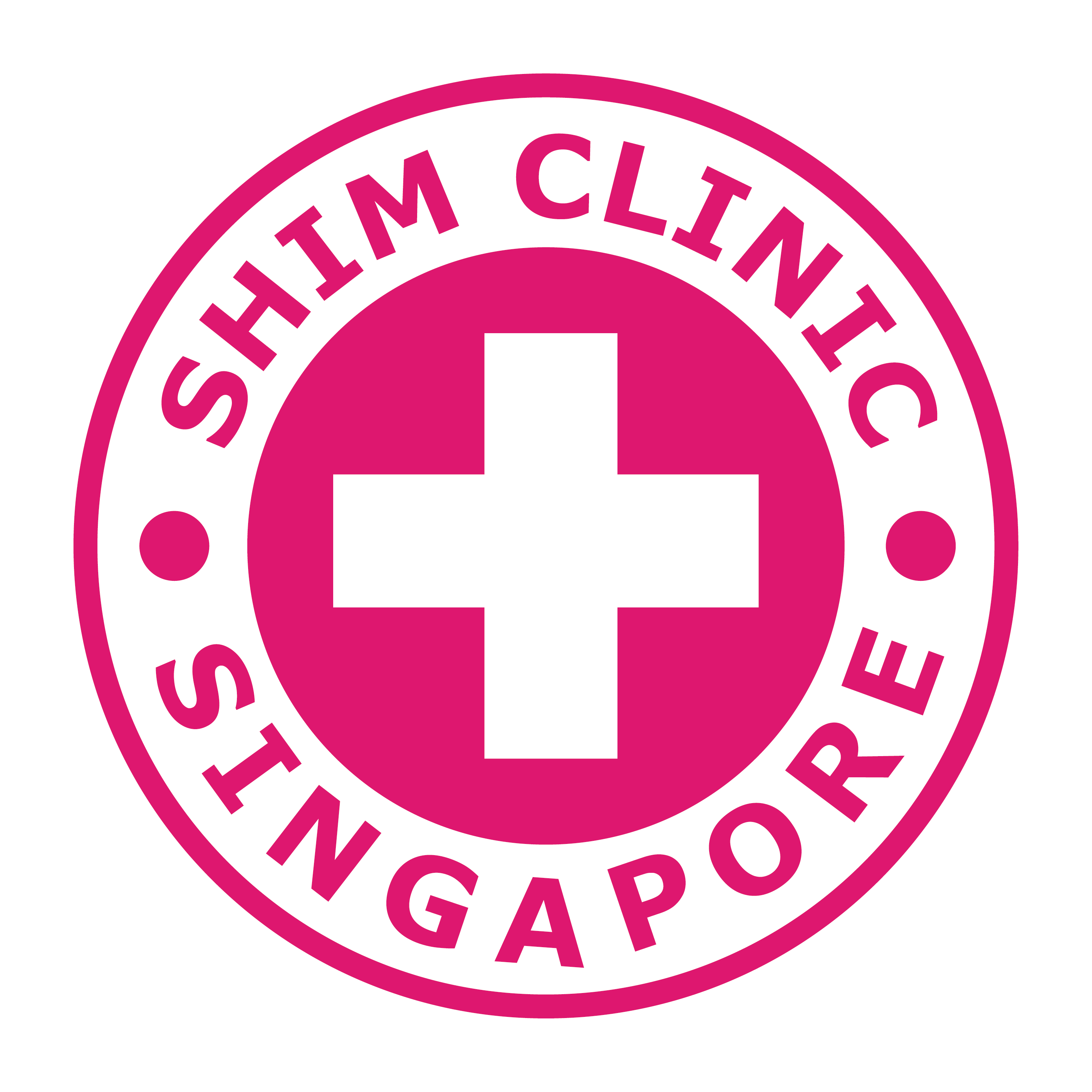HIV Joint Pain Singapore | Shim Clinic
| Help me about HIV Joint Pain ! |

| Permalink: https://shimclinic.sg/hiv-joint-pain |
Among the possible symptoms of early HIV infection is arthralgia, or joint pain. This can occur in just one joint or in many joints, and often occurs along with muscle pain. There are many possible causes of joint pain, so you’ll need to get an HIV test to determine whether HIV is the cause.
There can be a variety of symptoms in the early phase of an HIV infection, which is known as acute HIV infection. These are general symptoms that can be hard to tell apart from other infections. Fever and fatigue are common, but there are also many other ways that an acute HIV infection can manifest itself.
One possible symptom of acute HIV infection is arthralgia, which is the medical term for joint pain. This could show up in just one joint, but more commonly there will be joint discomfort in several different joints. Some people describe joint pain all over the body. It often goes along with muscle pain, which is also often present in several different locations. The joint soreness may be severe enough to make it difficult to do normal daily activities, or may be a more mild joint pain.
- Among the possible symptoms of early HIV infection is arthralgia, or joint pain.
- This can occur in just one joint or in many joints, and often occurs along with muscle pain.
- There are many possible causes of joint pain, including other STDs (like gonorrhea), as well as arthritis, injuries, and other causes.
- Tell your doctor about your possible exposure to HIV, so you can get an HIV test that can find an early infection. Testing for gonorrhea and other STDs may also be indicated.
- If you’re exposed to HIV, you can consider taking HIV PEP, which is a regimen of medications that can decrease the risk of HIV infection. However, it must be started within 72 hours after the exposure.
Although joint pain can be one of the early HIV symptoms, it can be difficult to figure out what is causing joint pain, because there are many possible causes. Arthritis (such as rheumatoid arthritis or osteoarthritis) and injuries (such as sprains or strains) are common causes. Other infections can also cause joint pain, including other sexually transmitted diseases (STDs). For example, the bacteria that cause gonorrhea can also cause joint infections. Figuring out the cause of joint pain requires testing.
If you’ve had a possible exposure to HIV (such as a condom that broke or leaked during sex) in the past few weeks, it’s important to tell your doctor about it when you go to discuss your joint pain. This will prompt your doctor to do an HIV test, as well as tests for other STDs such as gonorrhea. You should also discuss any other possible HIV symptoms that you’re having, such as fever or malaise (a general ill feeling). Your doctor will need to do the right type of HIV test to catch the infection early in its course, because some common types of HIV test can only find an infection later on (after 3 to 12 weeks).
If you have an exposure to HIV, don’t wait until you have HIV symptoms to go to your doctor. If you go within 72 hours, you may be able to take HIV PEP, which is a regimen of medications that can help to prevent an infection after an exposure. After 72 hours, HIV PEP won’t work, so go to an STD clinic as soon as possible.
Sources:
Mayo Clinic. “STD symptoms: Common STDs and their symptoms.” Mayo Clinic. Published 18 Mar 2015. Accessed 20 Jul 2016. http://www.mayoclinic.org/std-symptoms/art-20047081
Centers for Disease Control and Prevention. “Screening Recommendations Referenced in Treatment Guidelines and Original Recommendation Sources.” Centers for Disease Control and Prevention. Published 04 Jun 2015. Accessed 20 Jul 2016. http://www.cdc.gov/std/tg2015/screening-recommendations.htm
Centers for Disease Control and Prevention. “HIV/AIDS.” Centers for Disease Control and Prevention. Published 05 Jul 2016. Accessed 27 Jul 2016. http://www.cdc.gov/hiv/
Centers for Disease Control and Prevention. “HIV Basics – Testing.” Centers for Disease Control and Prevention. Published 12 Jul 2016. Accessed 20 Jul 2016. http://www.cdc.gov/hiv/basics/testing.html
U.S. Department of Health & Human Services. “Post-Exposure Prophylaxis (PEP).” AIDS.gov. Published 21 Sep 2015. Accessed 20 Jul 2016. https://www.aids.gov/hiv-aids-basics/prevention/reduce-your-risk/post-exposure-prophylaxis/
| Timeline | HIV | STD | Pregnancy |
|---|---|---|---|
| Before exposure | |||
| Contraception (females only) | |||
| HIV PrEP (pre-exposure prophylaxis) - Stop HIV infection before exposure | STD vaccine: - Hepatitis vaccine - HPV vaccine | ||
| STD / HIV exposure | |||
| 0-72 hours | HIV PEP (post-exposure prophylaxis) - Stop HIV infection after exposure | STD testing * - Screening test - to look for asymptomatic infections - from previous exposures | Emergency contraception with the morning-after pill (females only) |
| 2 weeks | HIV DNA Test | ||
| 1 month | HIV 4th Generation Test - SD Bioline HIV Ag/Ab Combo - Fingerprick blood sampling. - 20 minutes to results | ||
| 3 months | HIV 3rd Generation Test - OraQuick® HIV-1/2 Antibody - Oral fluid or - Fingerprick blood sampling. - 20 minutes to results | STD testing * - Full & comprehensive - diagnostic test - to look for current infections | |
| Watch for | HIV Symptoms | STD Symptoms | |
| If infected | HIV Treatment | STD Treatment | Abortion |
References
